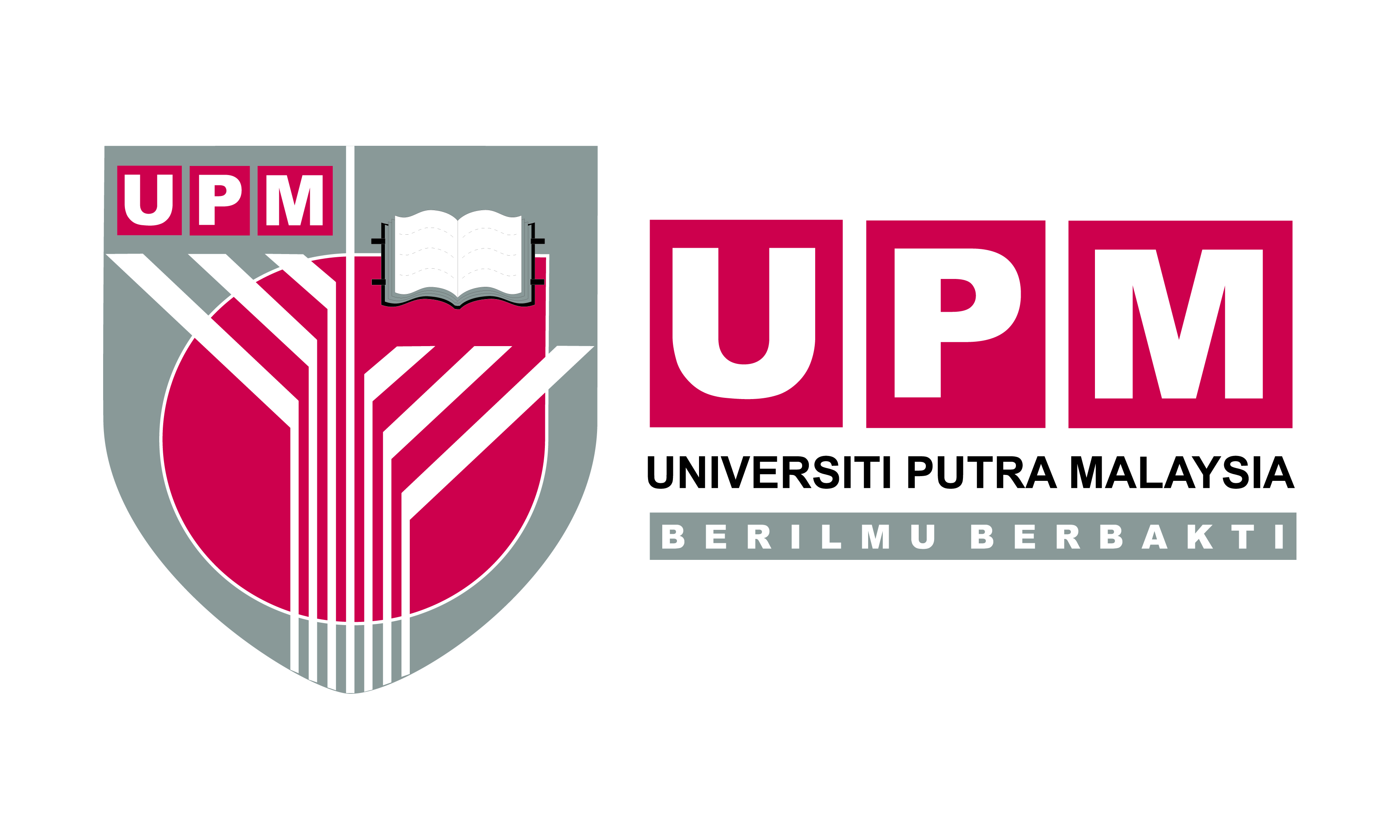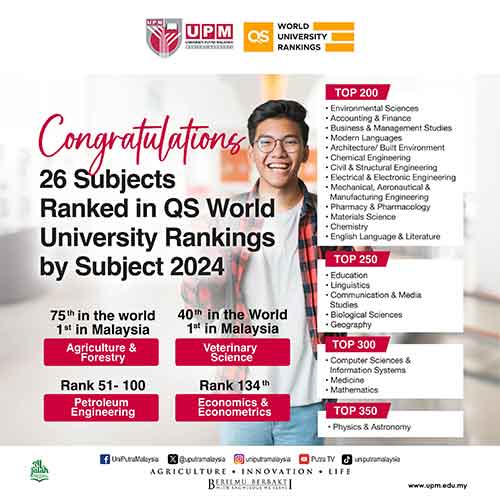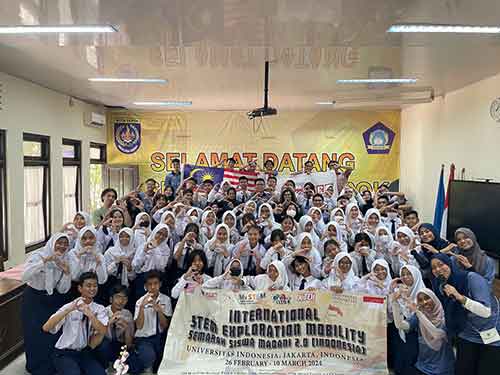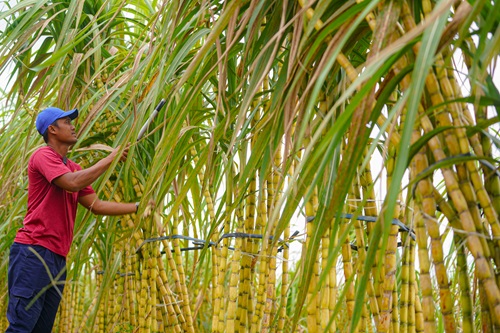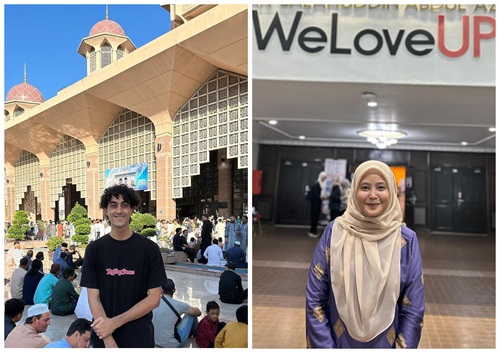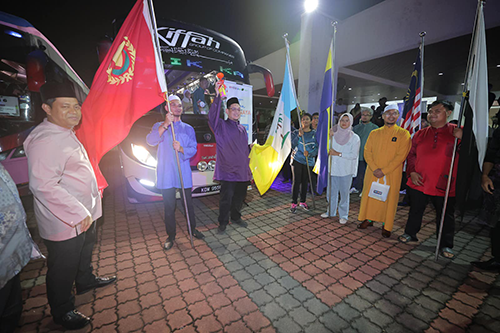By: Azman Zakaria
Photo by: Mohammad Izrul Abdul Jabar
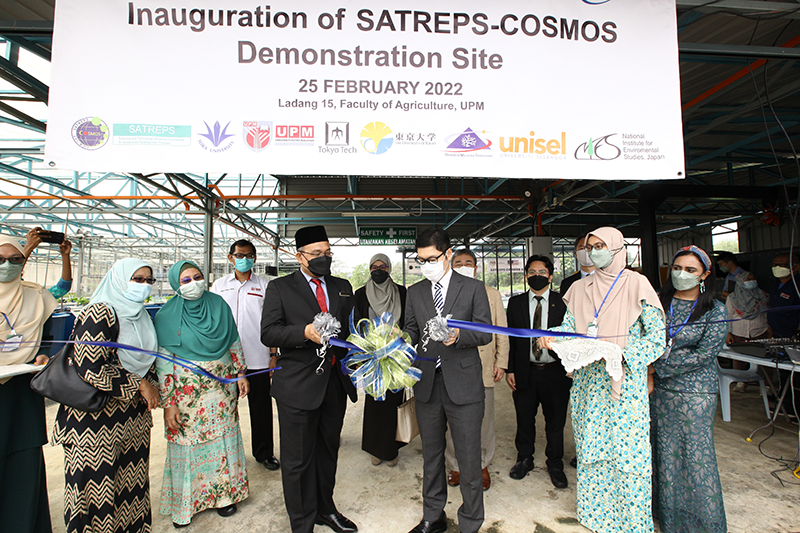
SERDANG, Feb 25: SATREPS-COSMOS Demonstration Site, which displays and demonstrates different novels of SATREPS-COSMOS technologies, including low-cost outdoor microalgae cultivation, nutrient recycling, pure ammonia generation system and piscoponic-recirculating aquaculture system (P-RAS), was officially opened today.
Located at Ladang 15, Faculty of Agriculture, Universiti Putra Malaysia (UPM), the SATREPS-COSMOS Demonstration Site innovates the integration concept of microalgae photobioreactors with aquaculture culturing systems, where aquaculture sludge originating from shrimp waste is recycled through a composting system, producing clean ammonia for algae cultivation.
The matured compost will be used as fertilizer for euryhaline plants such as mango and fig fruits. The cultivated algae will also be used to supplement fish through feed production.
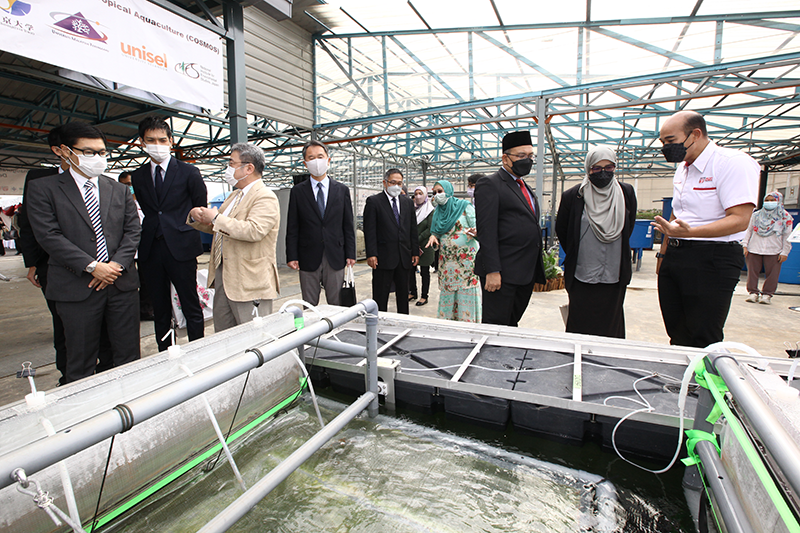
The SATREPS-COSMOS Demonstration Site is initiated under the SATREPS-COSMOS project which is to innovate novel photobioreactors for large-scale cultivation of high-value microalgae that can be utilized in food, cosmetic, pharmaceutical, nutraceutical and aquaculture industries.
It involves 60 scientists from Malaysia and 20 from Japan, and four Japanese universities – Soka University, University of Tokyo, National Institute for Environmental Studies, and Tokyo Institute of Technology – and three Malaysian universities – UPM, Universiti Malaysia Terengganu (UMT), and Universiti Selangor (UNISEL).
Deputy Vice-Chancellor (Research and Innovation) of UPM, Prof. Dr. Nazamid Saari said the creation of microalgae culturing systems through recycling of aquaculture waste nutrients was successfully implemented through sheer hard work and diligence of Japanese and Malaysian project members.
“This is the world’s first in our effort to mass produce pure high-quality microalgae in closed photobioreactors outdoor. In this Demonstration site, the output from all the research themes will be integrated to produce a sustainable microalgae cultivation technology,” he said at the Inauguration of SATREPS-COSMOS Demonstration Site, here.
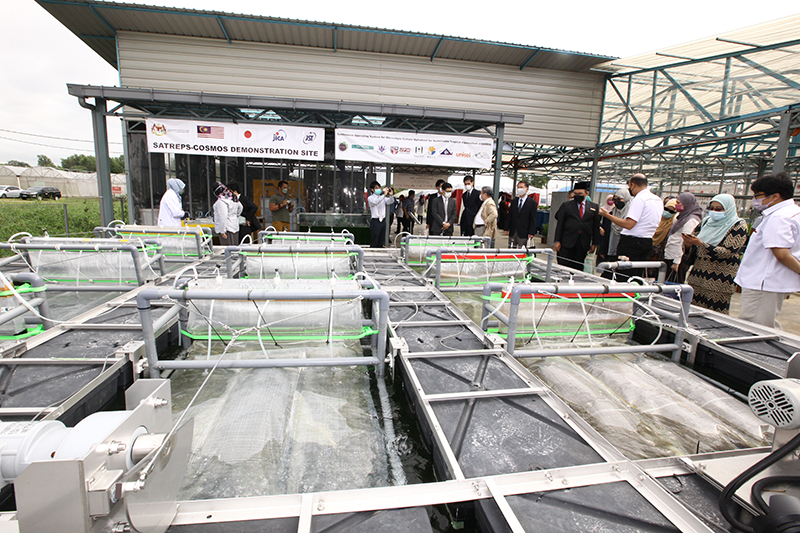
Prof. Dr. Nazamid who is also the STREPS-COSMOS Project Director, said most commercially produced microalgae were from ponds exposed to contamination and not suitable for food, nutraceutical and pharmaceutical products.
Thus, he said the development of new technologies could overcome any constraints related to microalgae quality and culture techniques.
He said even though SATREPS-COSMOS project 2016-2022 would officially end on 31st March, 2022, the post-COSMOS activities would continue through the formation of the ‘Blue Seed Program’, aimed at making microalgae culturing an important supporting business of the aquaculture industry.
“I was also made to understand that SATREPS and JICA will continue to observe the performance of the post-COSMOS activities for three to five years to gauge the successful application of the SATREPS-COSMOS project to the community at large,” he said.
Meanwhile Counsellor of the Embassy of Japan in Malaysia, Hosomi Masashi said he was very impressed with the SATREPS-COSMOS project which aspired to enhance aquaculture production by improving the culturing environment and innovating new technologies.
“As SATREPS is a scheme to realize the social implementation of technologies to solve global issues, the inauguration of this demonstration site is not a goal as further engagement is needed to achieve expected outcomes, including Exit Strategy or the Blue Seed Program as follow-up activities,” he said. – UPM.
